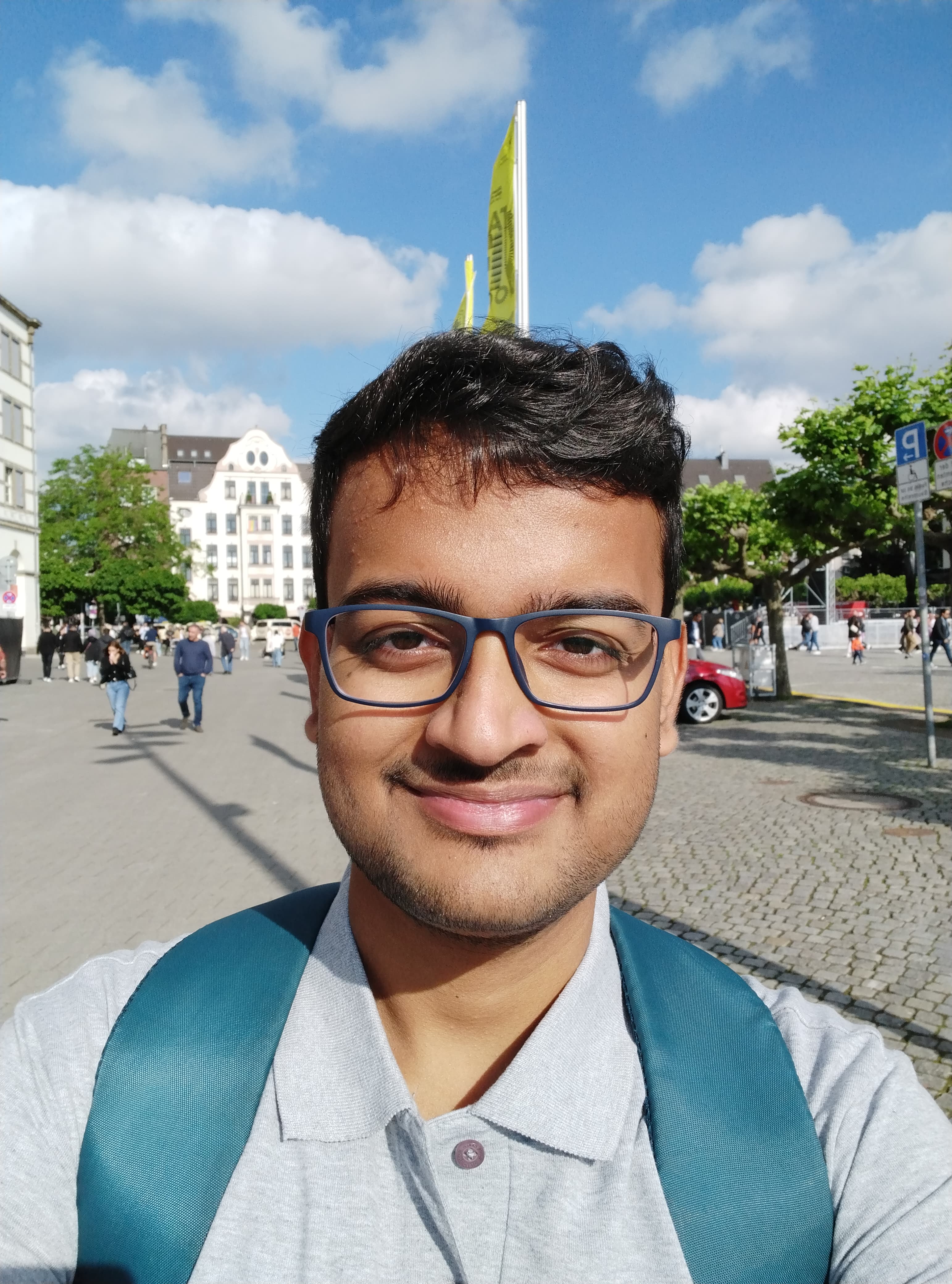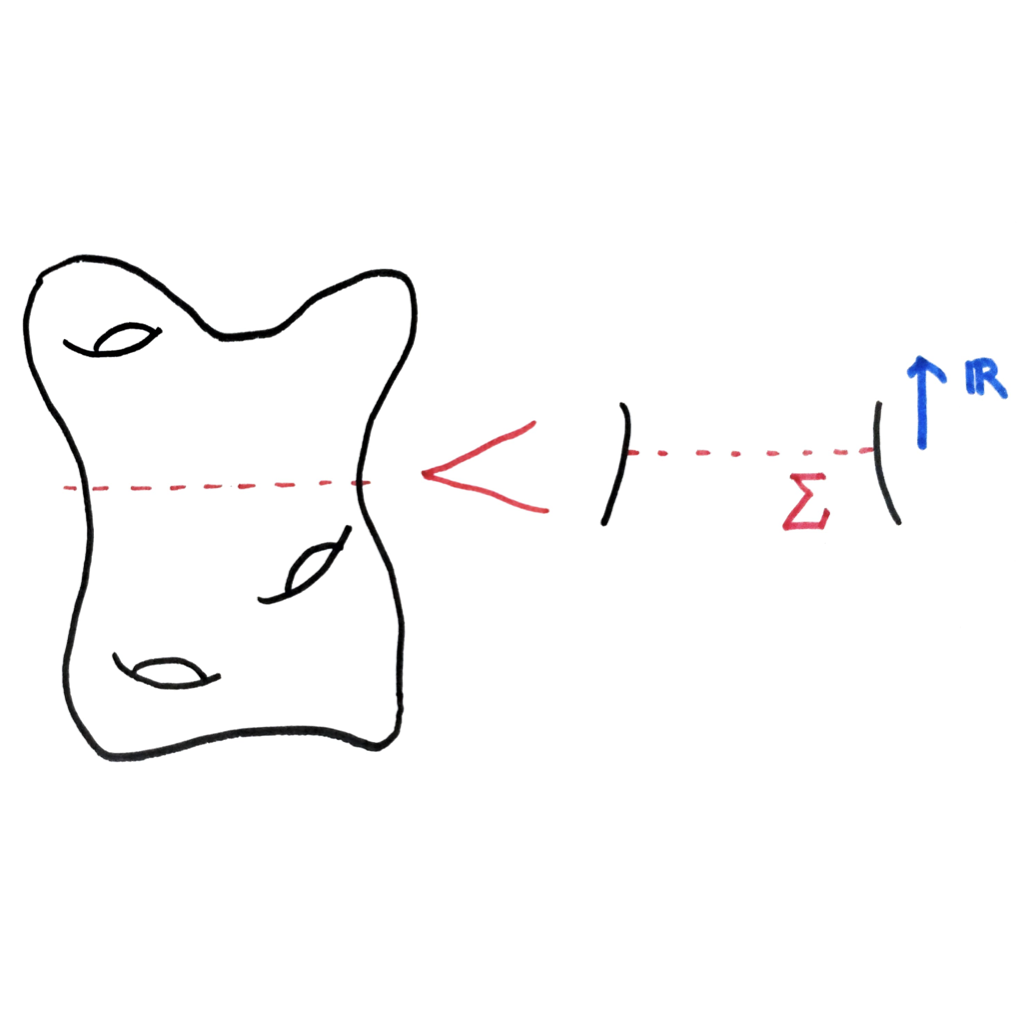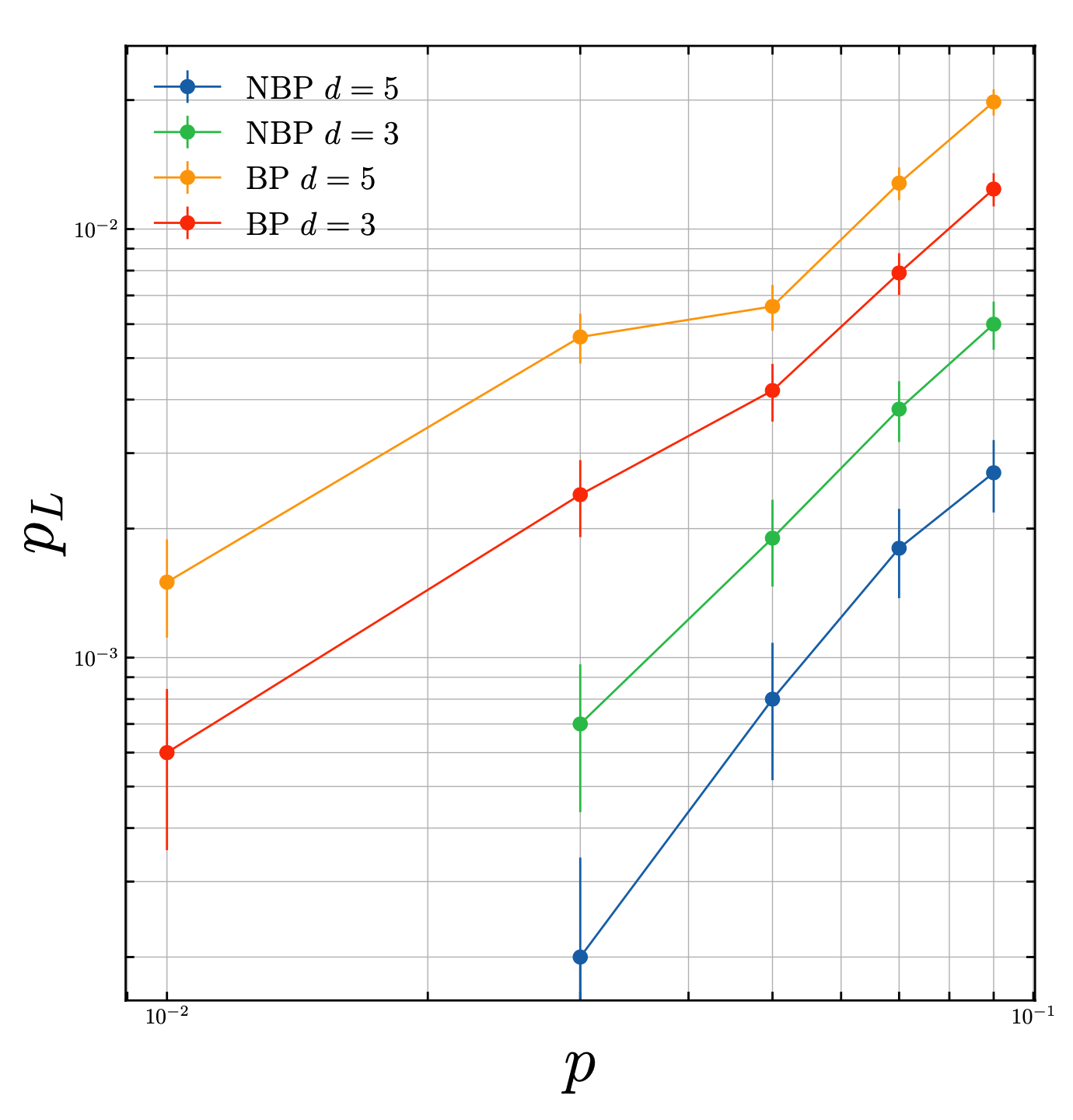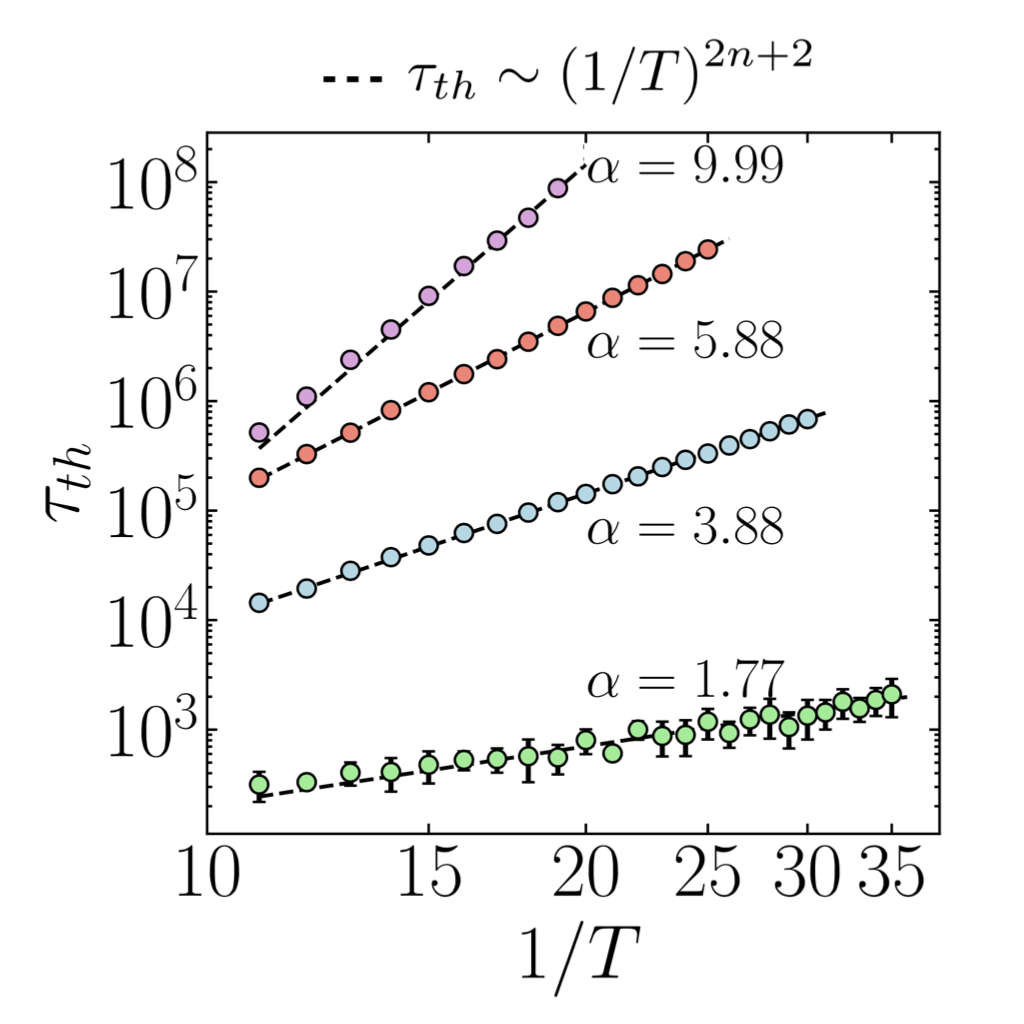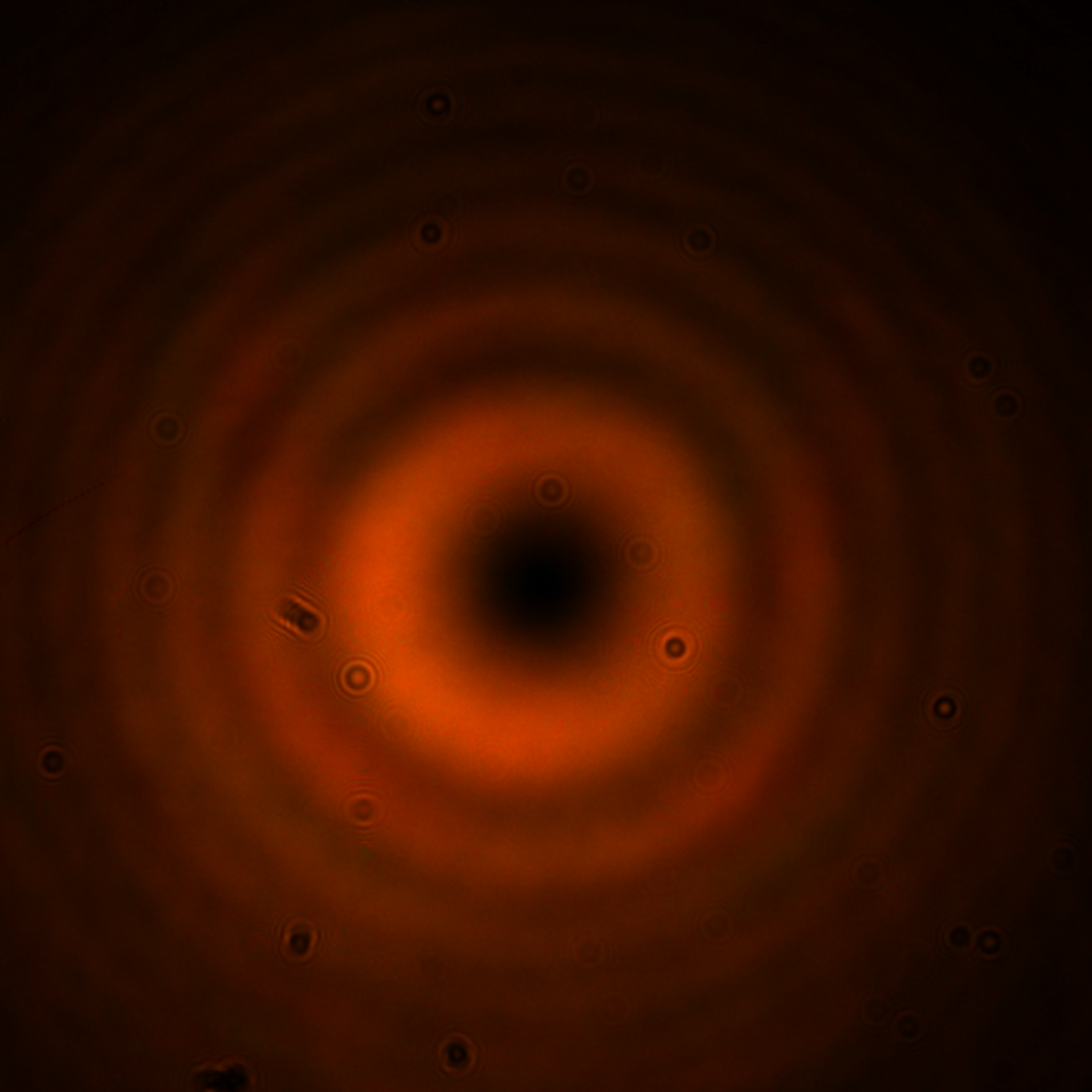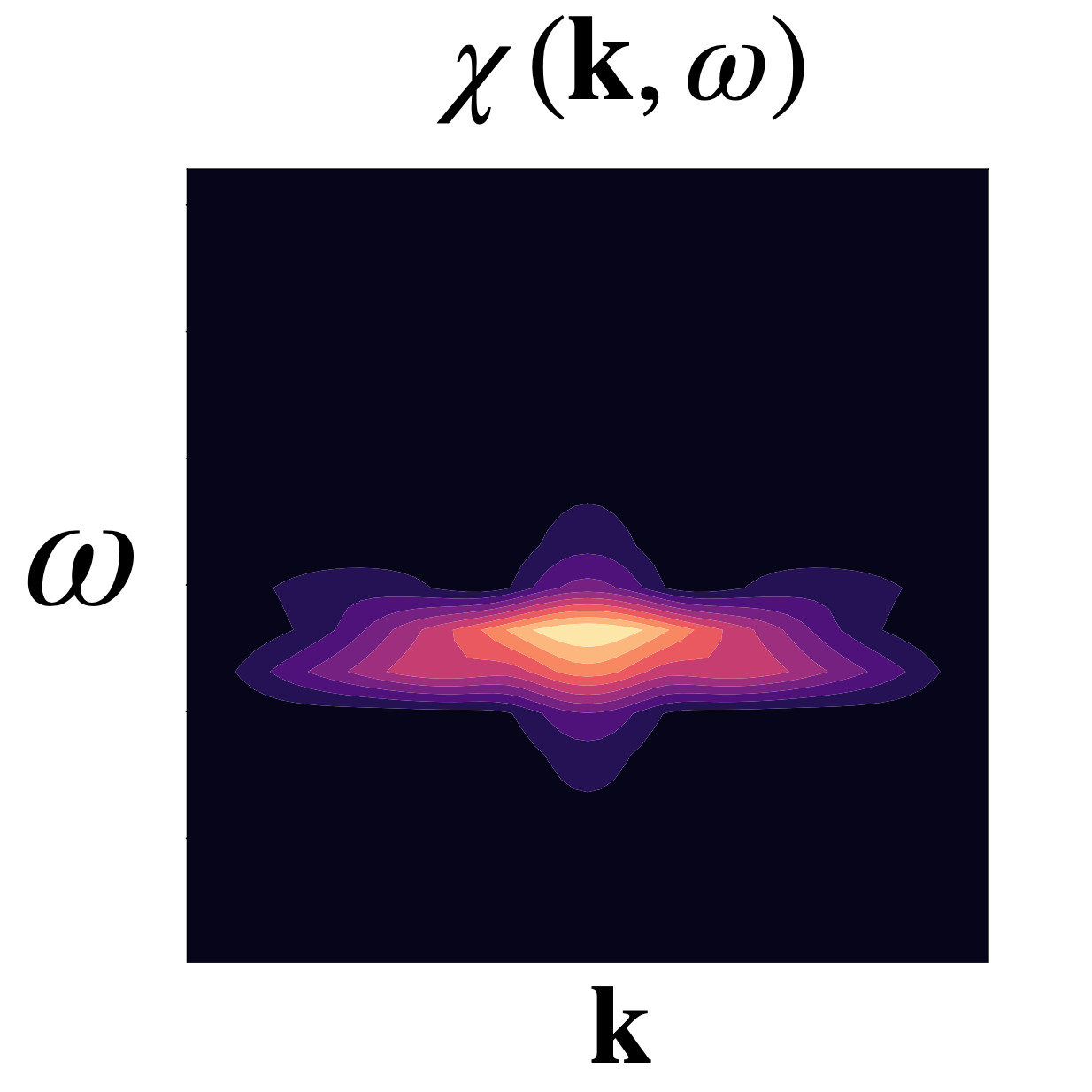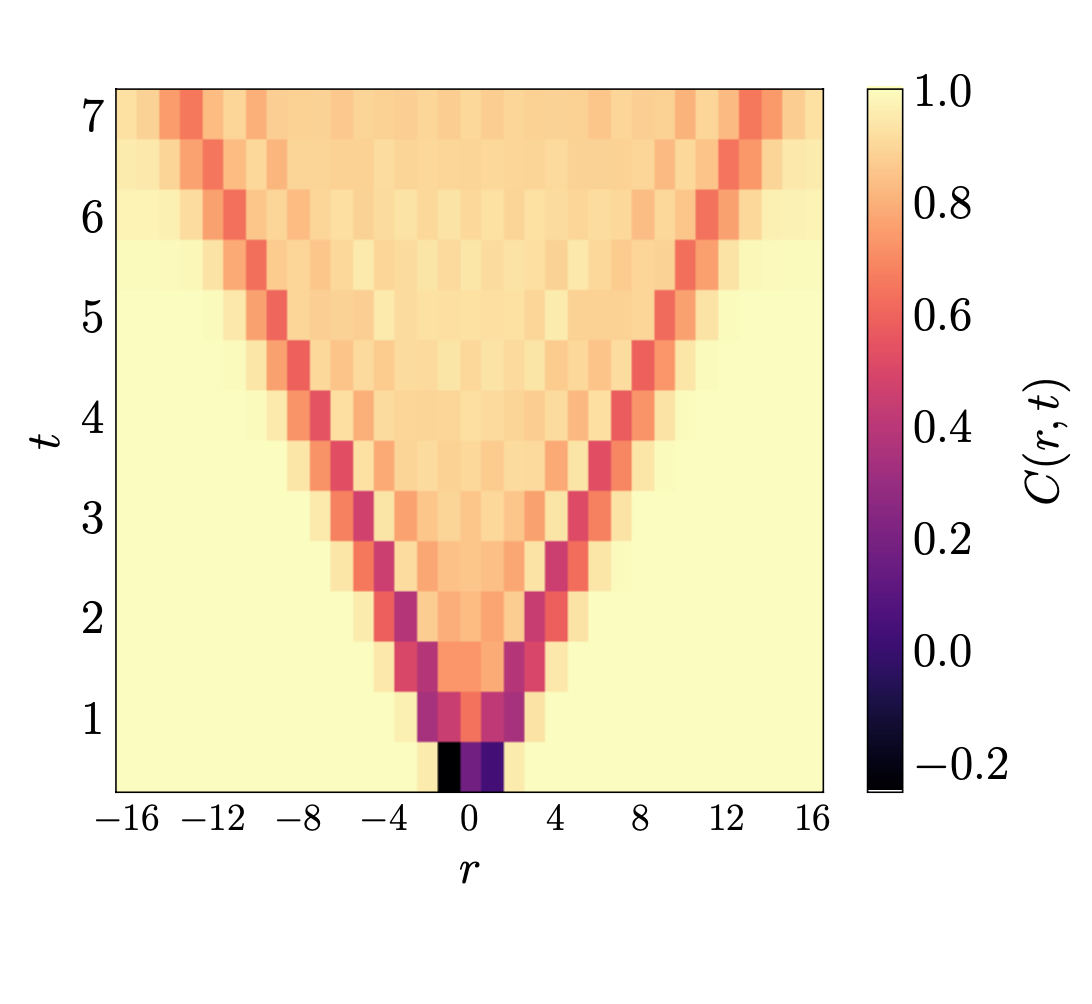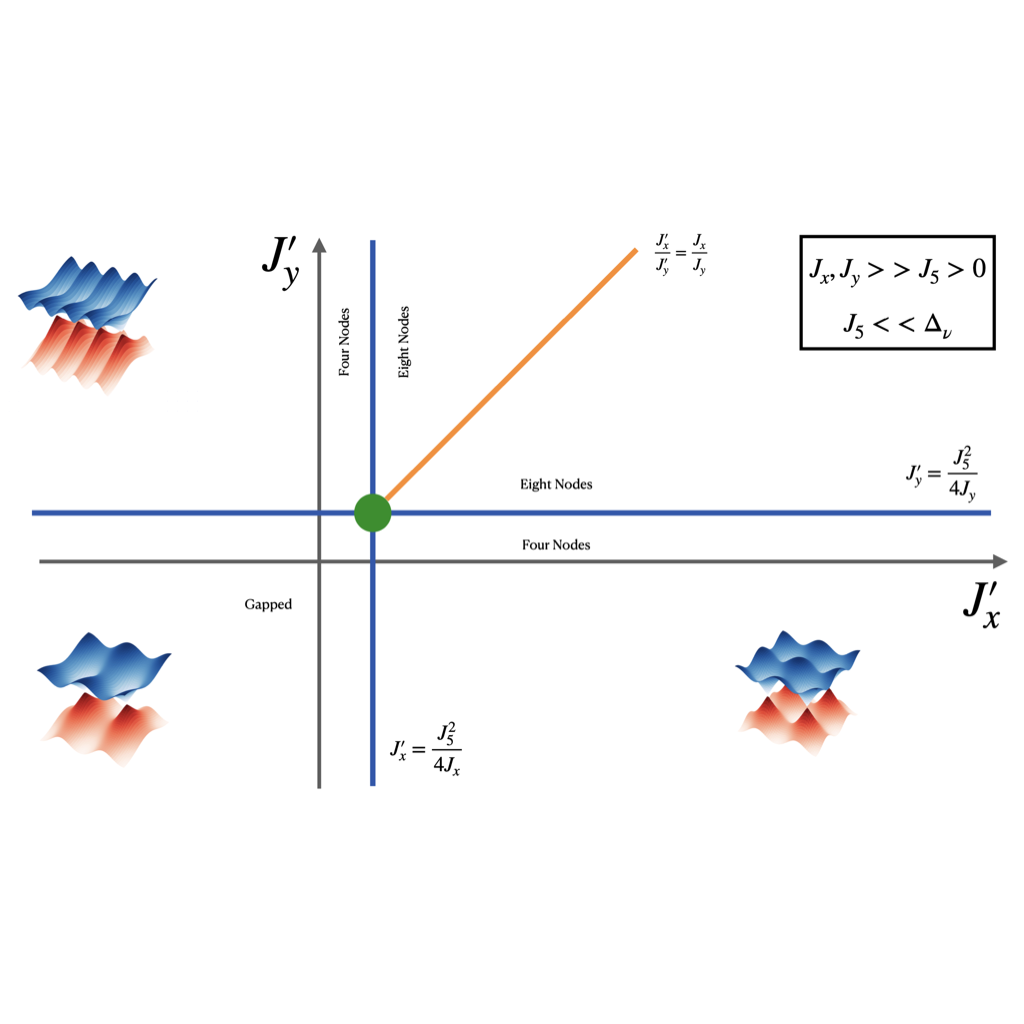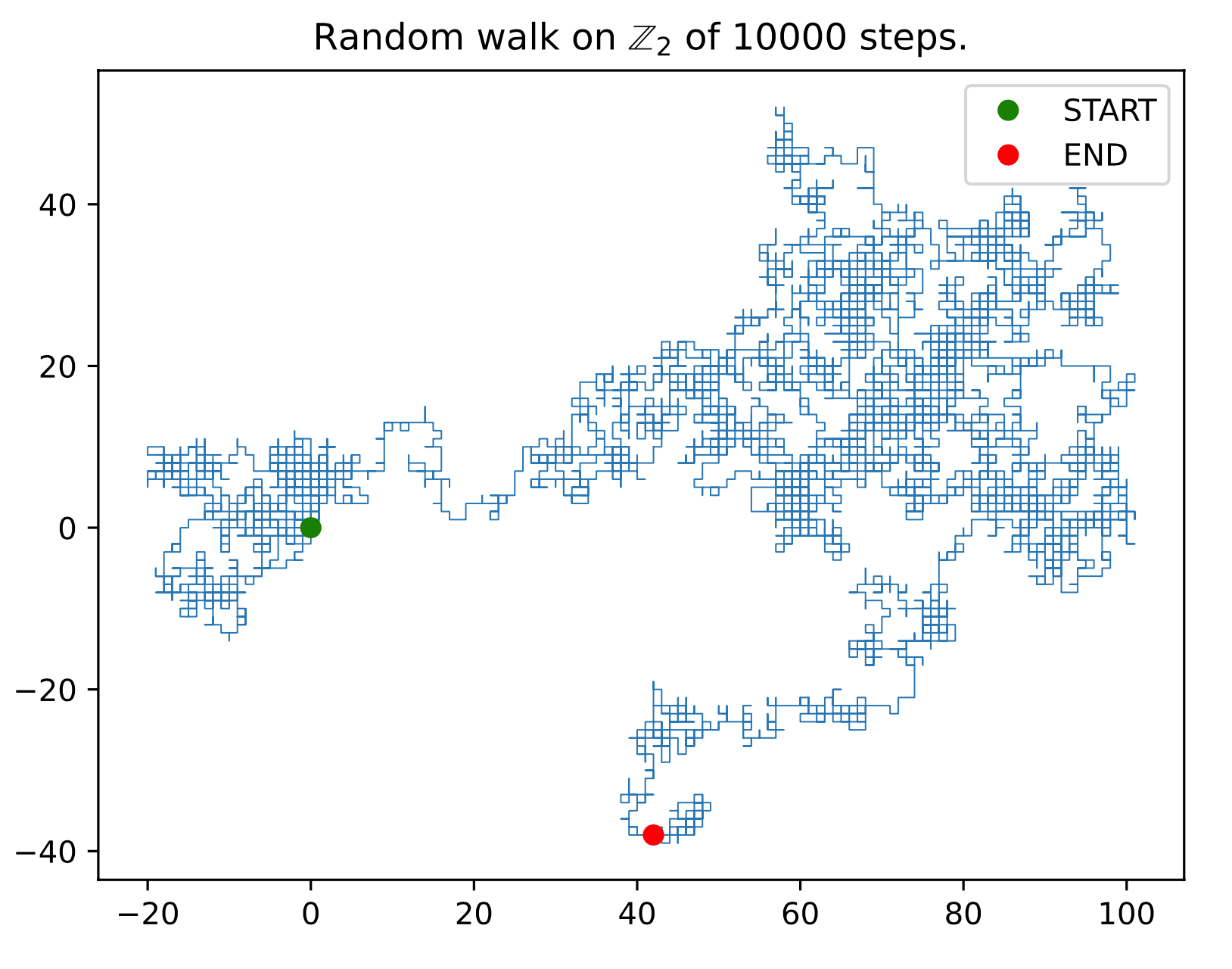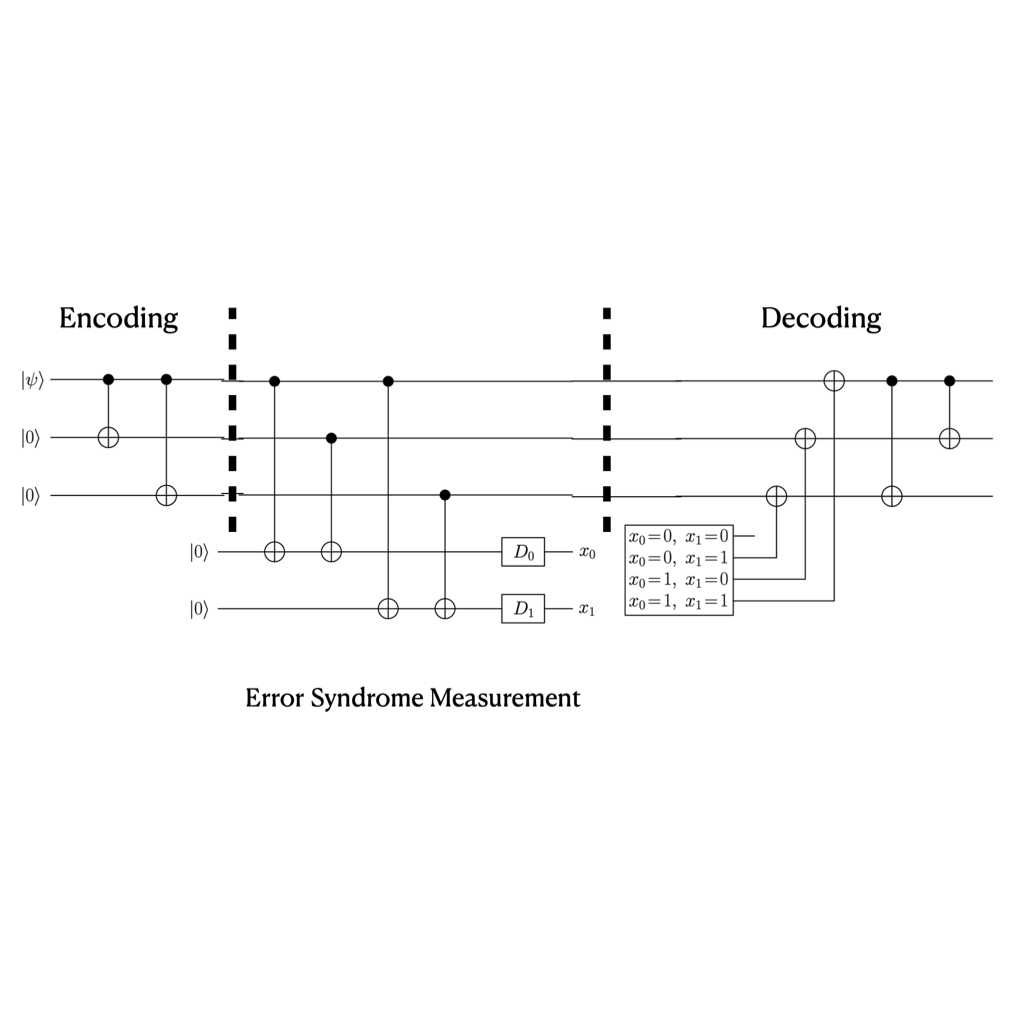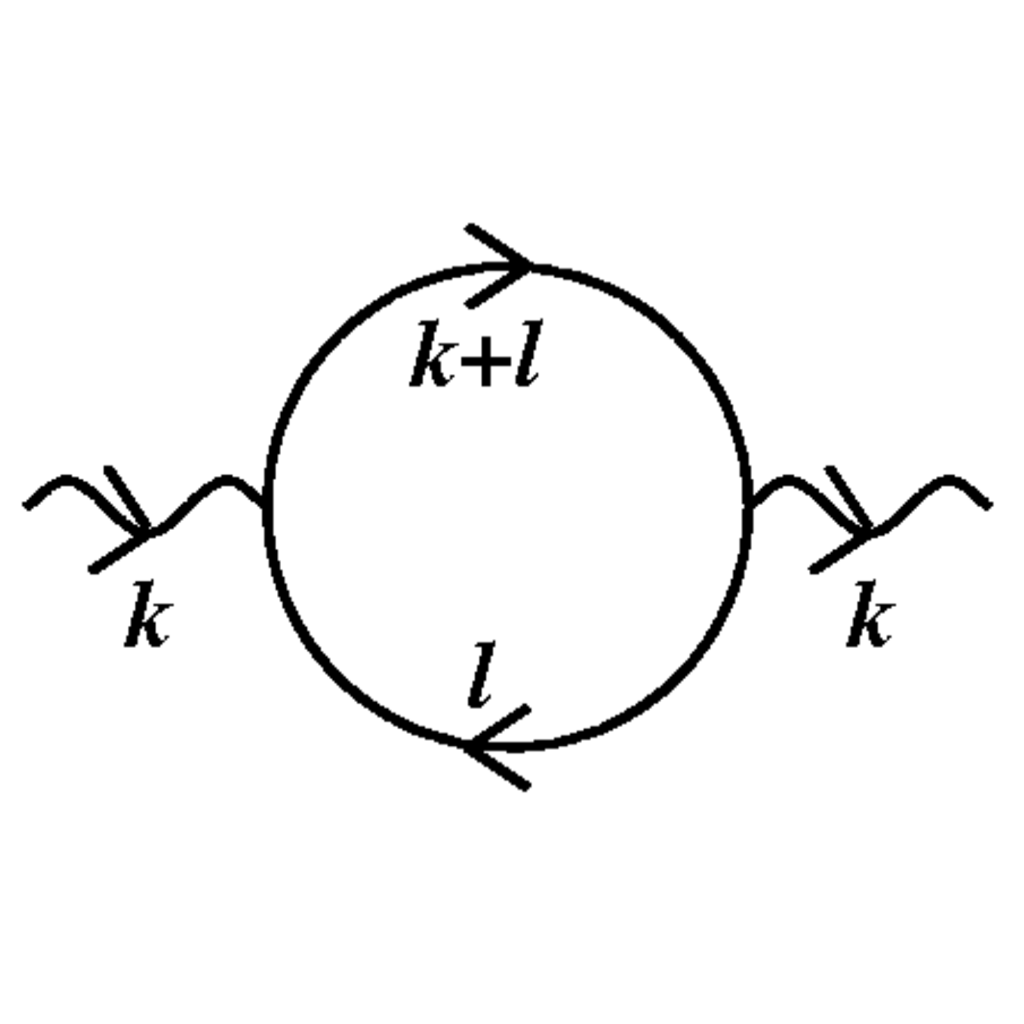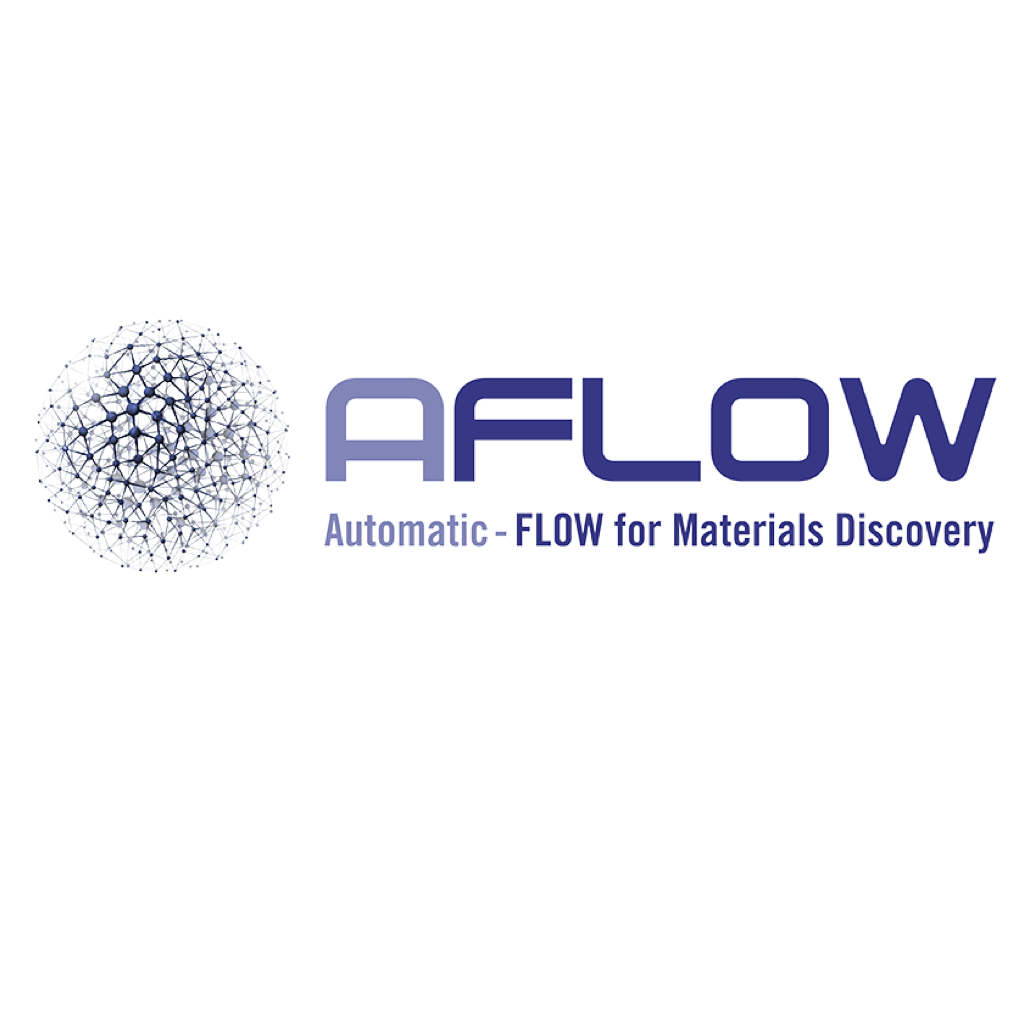|
Sajag Kumar
I graduated with an Integrated Master's in Physical Sciences with a minor in Computer Sciences from NISER Bhubaneswar. I am broadly interested in theoretical condensed matter physics. In particular, I enjoy working on problems in many-body physics that involve ideas from quantum information and quantum field theory.
I worked on my master's thesis, advised by Dr. Shamik Banerjee, on the applications of Chern-Simons theories. In the past, I have worked in the Theoretical Quantum Technology group of Prof. Markus Müller at the Institute of Quantum Information, at RWTH Aachen University, on neural networks-based decoding of sparse quantum codes, and in the Theory of Quantum and Ultracold Matter group of Prof. Sayan Choudhury at HRI Prayagraj on prethermalization in classical spin systems.
Email /
CV /
Scholar /
Twitter /
Github /
LinkedIn
|
